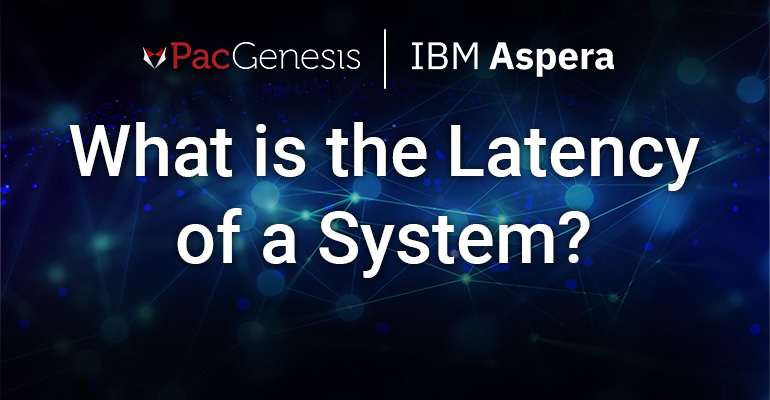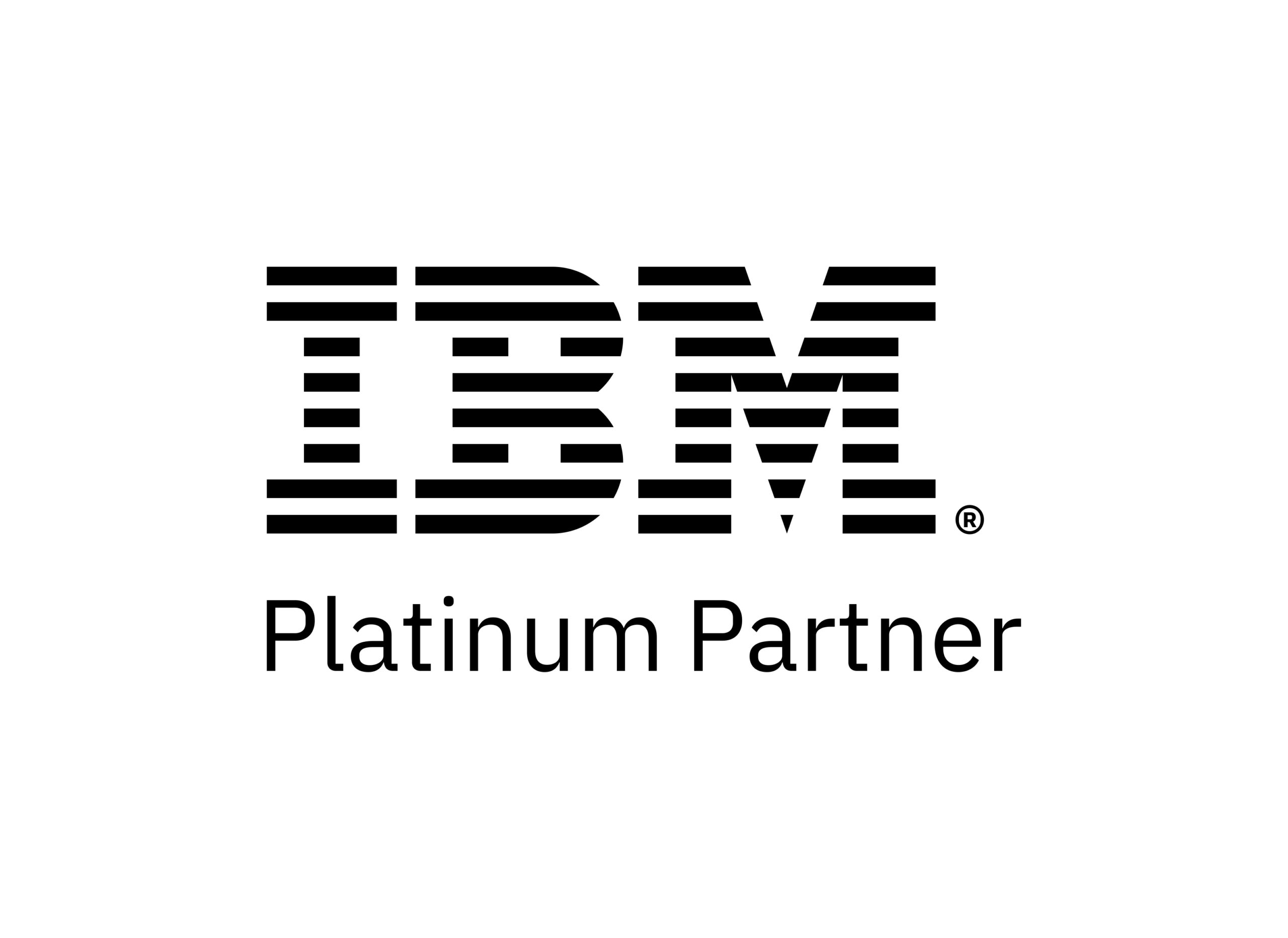What is the Latency of a System?

What is the Latency of a System?
In today’s fast-paced digital world, latency is a term that often comes up when discussing the performance and responsiveness of various systems. Whether you’re a gamer, a web developer, or an avid user of online services, understanding the concept of latency is crucial.
Latency can be defined as the time delay between a stimulus or request and the corresponding response or output. It is essentially the measure of how long it takes for data to travel from its source to its destination. Latency is typically measured in milliseconds (ms) and can have a significant impact on user experience, especially in real-time applications.
Sections
What Affects Latency?
In computer networks and telecommunications, latency is influenced by several factors. Let’s explore some of the key contributors to latency:
- Propagation Delay: This refers to the time it takes for a signal to travel from the source to the destination. It is influenced by the physical distance between the two points and the speed at which the signal can propagate through the medium (such as fiber optic cables or wireless transmission).
- Transmission Delay: Transmission delay is the time it takes to transmit data over a network or communication channel. It depends on the bandwidth capacity of the channel and the size of the data being transmitted. Higher bandwidth can reduce transmission delay, allowing for faster data transfer.
- Processing Delay: Processing delay occurs when data is being processed or manipulated by devices within the system. It includes the time taken for tasks such as data routing, packet inspection, encryption, decryption, and other computational operations. The efficiency and speed of the processing hardware and software components play a role in determining the processing delay.
- Queueing Delay: In situations where multiple data packets or requests are competing for network resources, queueing delay can occur. It happens when packets are waiting in a queue to be transmitted or processed. The length of the queue and the priority assigned to different packets can affect the queueing delay.
- Round-Trip Time (RTT): RTT is the time it takes for a packet to travel from the source to the destination and back. It encompasses both the propagation delay and the transmission delay in both directions. RTT is commonly used as a metric to measure latency in network connections.
Why Latency Matters
Now that we have a basic understanding of what contributes to latency, let’s explore why it matters in different contexts:
- Web Browsing: Latency affects how quickly websites load and respond to user interactions. Slow page load times can be frustrating for users and can lead to higher bounce rates. Web developers and content delivery networks (CDNs) optimize their systems to reduce latency and provide faster web browsing experiences.
- Video Streaming: Latency can impact the streaming experience by causing buffering or delays in video playback. A high-latency connection can result in frequent pauses and interruptions, detracting from the overall enjoyment of streaming services. Content delivery networks and streaming platforms work to minimize latency to provide smooth and uninterrupted video streaming.
- Financial Transactions: In the financial industry, low latency is critical for high-frequency trading and real-time market data processing. Traders rely on fast and low-latency connections to execute trades and make split-second decisions based on market conditions.
- File Transfers: Latency affects the overall transfer speed when sharing files and data. Higher latency means it takes longer for the data packets to travel from the source to the destination. This delay can significantly slow down the transfer process, especially when dealing with large files or extensive data sets. Minimizing latency helps to ensure faster file transfers, saving time and improving productivity.
Reducing latency is an ongoing goal for system designers, network engineers, and service providers. Various techniques are employed to minimize latency and optimize system performance. These include using faster networking technologies, optimizing data processing algorithms, utilizing content delivery networks (CDNs) for efficient content delivery, implementing caching mechanisms, and utilizing edge computing to bring processing closer to the users.
What is Good Latency?
Good latency refers to the measure of delay or lag experienced in a system, network, or application. It is commonly associated with the time it takes for data to travel from its source to its destination and back. It’s characterized by low values, minimal delay, and efficient performance. Low latency is crucial for many industries like online gaming, real-time communication, financial transactions, and cloud computing.
For example, in real-time communication applications like video conferencing or voice-over IP (VoIP), low latency is critical to maintaining seamless conversations without noticeable delays between participants.
In financial transactions, traders rely on fast and accurate data transmission to execute trades efficiently and take advantage of market opportunities. Even a few milliseconds of latency can result in missed trades or suboptimal outcomes.
In cloud computing, low latency is crucial for responsive user experiences, quick data retrieval, and efficient data processing.
Achieve High-Speed File Transfers with PacGenesis
At PacGenesis, we provide assistance for companies that are looking to optimize and reduce their latency so they can transfer files and data at high speeds without interrupting workflows or deadlines. We partner with providers who design their products to address the challenges of high-speed, low-latency data transfer over wide-area networks. We will meet with you to hear what your company needs and find the best solution for you. Contact us today to learn more about how we can help.
To learn more about PacGenesis, follow @PacGenesis on Facebook, Twitter, and LinkedIn or visit pacgenesis.com.



